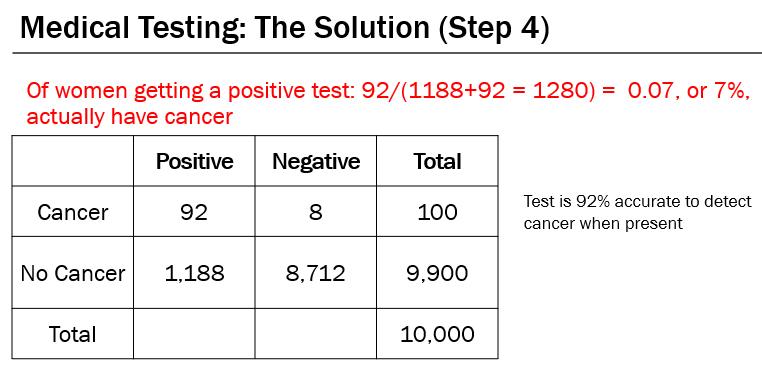Reasoning
1/68
There's no tags or description
Looks like no tags are added yet.
Name | Mastery | Learn | Test | Matching | Spaced |
|---|
No study sessions yet.
69 Terms
Decision making under risk involves using
the value and probability of various outcomes
Heuristic
cognitive shortcuts
Heuristic facts (1) useful because of
time/resource limitations
Heuristic facts (2) not guaranteed but
works well a decent amount of the time for it to be useful
The use of heuristics leads to
judgement biases
Anchoring
Strategy in which estimation begins with an initial anchor and the estimate is then adjusted in light of incoming info
Anchoring and adjustment in real world implications
in bargaining price is the anchor, in legal contexts requested compensation is anchor
Almost anything can serve as an anchor but
we often aren’t aware of it
Anchoring example
social security number and code number experiment
Heuristics representativeness
estimate something that is more probable if it has many features you associate with a particular outcome
Typical outcome
people rate the probability of the first scenario higher because of representativeness
Conjunction fallacy
two conditions can NEVER be more probable than the probability of one of them alone
Conjunction fallacy example (1) people have heart attacks with a certain probability
OF THOSE, a high portion may be over 55 or smoke
Conjunction fallacy example (2) but the probability of a heart attack is
overall still higher because that includes minorities in other categories
We know coin toss outcomes should be random so a mix of
heads and tails seems more representative compared to all tails but they’re equally likely
More representative
seems more probable
Representativeness summary
good representatives of classes seem more likely to belong to that class
Representativeness fails when
focusing on similarity to other class members distracts from how frequent that class actually is
Availability
items that are easier to remember are also thought to be more common
Solo members experiment: Listen to 6 different voices and remember and evaluate the statement made by each voice
Group A: told that 5 voices are white and 1 asian
Group B: told that 3 voices are white and 3 asian
Solo member results
the person labeled asian in groups were remember better by group a than b and more negatively evaluated by group A than B
The Why’s of the results for solo members experiment (1) low
frequency of “asian” individuals in group A makes them more distinctive
The Why’s of the results for solo members experiment (2) therefore,
negative behaviors were also more unlikely and more distinctive
More distinctive =
more available = estimated to be more probable
Pros of availability (1) availability reflects the
effectiveness of our memory search strategy
Pros of availability (2) can arise because of
higher frequency of events
Cons of availability
other things can increase availability: recency, publicity, and distinctiveness
Base rate
how often an event occurs in the population (ex. 70% of cats are tabbies)
Sample size
how many observations are made (ex. a vet treats 20 cats in a day)
Smaller sample are more likely
to deviate from the average
Taxi cab problem (1) out of 100 cabs,
85 are green, of those, witness says 20% (17) are blue
Taxi cab problem (2) 15 are blue,
of those, witness says 80% (12) are blue
Taxi cab problem (3) of times that witness would report a blue cab,
12/(17+12=29) = 41% were actually blue
All tests have some probability of false positives
if the base rate of the actual disease is low, there are likely more false positives than correct diagnoses

Ignoring base rate
overestimating how likely it was that we observed an event
Ignoring sample size
overestimating ow much the actual “population” statistics affects a small sample
Inductive reasoning
takes an example or small set of examples and infers what might be true of the group
Deductive reasoning
takes general principles and determine what must follow them
What’s within deductive reasoning
logic
What’s within logic
premise, conclusion, antecedent, and consequent
Logic
a formal system that gives us rules for determining the truth of conclusions based on a set premises
Premise
something we assume/know to be true
Premise example
if a lecture is posted to the psych 224 moodle, then it’ll be about psychology
Conclusion
something we derive from the premise
Conclusion example
therefore, it’s about psychology
Antecedent
the “if” part of a premise
Antecedent example
if a lecture is posted to the psyc 224 moodle, then it’ll be about psychology
Consequent
the “then” part of a premise
Consequent example
if a lecture is posted to the psych 224 moodle, then it’ll be about psychology
Affirming the antecedent (1) “if this item
is an apple, then it’s a fruit”
AFFIRMING THE ANTECEDENT (2) “this item
is an apple”
Conclude “therefore, this item
is a fruit”
Affirming the
antedecent is valid
DENYING THE CONSEQUENT "this item is
NOT a frfuit”
Conclude “therefore, this item is not
an APPLE”
Denying the
consequent is valid
AFFIRMING THE CONSEQUENT “this item is
a fruit”
Conclude: therefore this item is
an apple”
Affirming the consequent is
NOT valid bc the item could be a pear
DENYING THE ANTECEDENT “this item is
NOT an apple
Conclude “therefore this item is
NOT a fruit”
Denying the antecedent is
NOT valid bc the item could be a pear
Wason Selection Task
logic tells us that affirming the antecedent should be true (check e) and denying the consequent should be true (check 7)
Confirmation bias
the tendency to look for evidence that confirms our hypothesis rather than looking for evidence for falsifying evidence
People and logic (1) people have
difficulty applying rules of logic in everyday reasoning
People and logic (2) in framing effects, people
sometimes apply logic and sometimes not
People and logic (3) instead of reasoning logically
people seem to apply schemas based on their experience
Matching schema shows
a confirmation bias